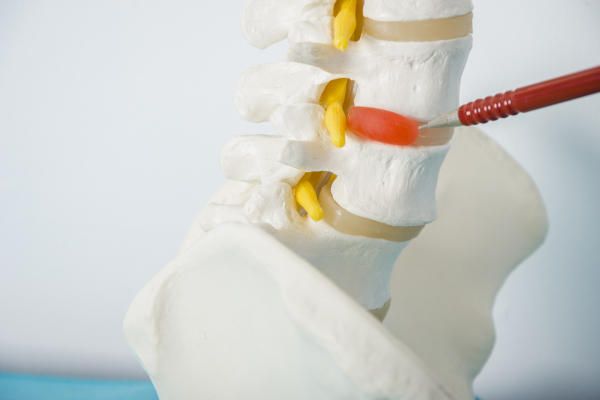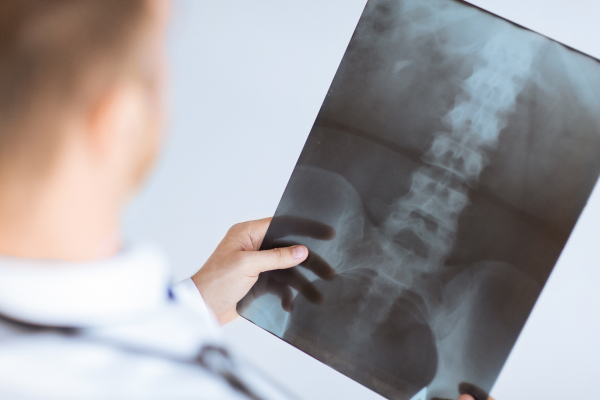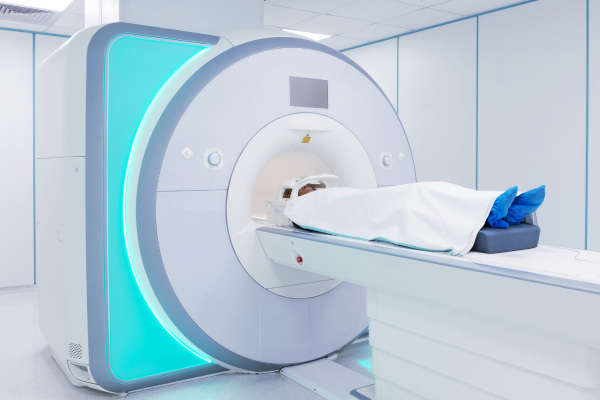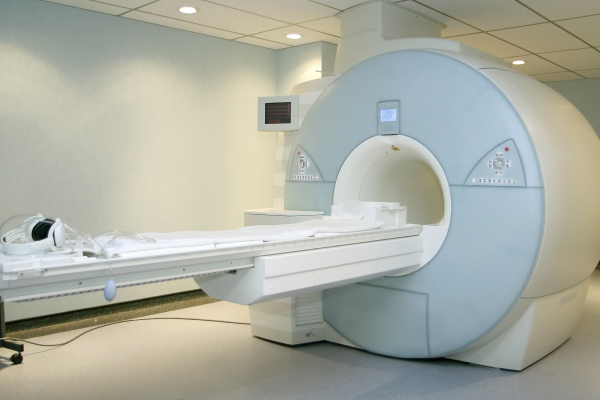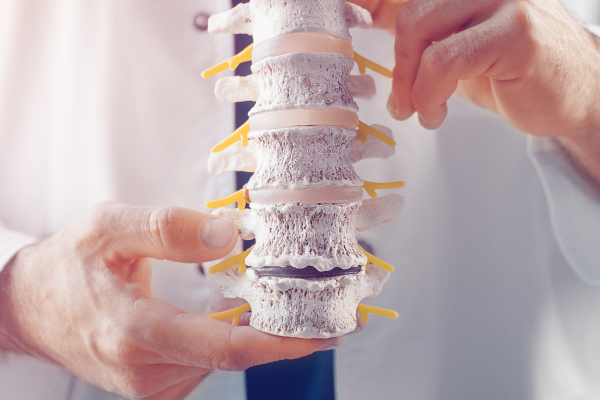Spondylolisthesis is a condition where one of the bones in your spine slips forward over the next bone, thus altering spinal alignment. A slipped bone also causes abnormal movement and friction with each movement. Generally, the grading of Spondylolisthesis is determined by the extent of slippage, known as the Meyerding Classification, occurring between one vertebral body and the neighbouring one. Although most Spodylolisthesis cases are progressives, the compression can lead to progressive damage in higher grades of slip.
Spondylolisthesis commonly occurs in the lumbar and cervical spine areas. For trauma cases, it mainly occurs in the thoracic spine. Degenerative Spondylolisthesis is another type common in osteoarthritic senior citizens. However, there are various other variants of Spondylolisthesis, each attributed to a distinct underlying cause. Surgery for Spondylolisthesis is more straightforward, with less risk and better outcomes in the early stages compared to late/ neglected steps when the bone slippage is more advanced.
Our spine doctors at Spine 360, Bangalore are committed to delivering tailored treatment options for individuals diagnosed with Lumbar Spondylolisthesis.

